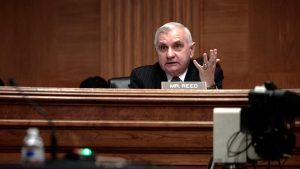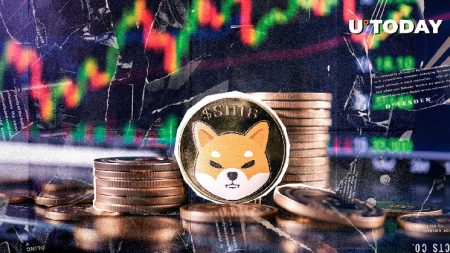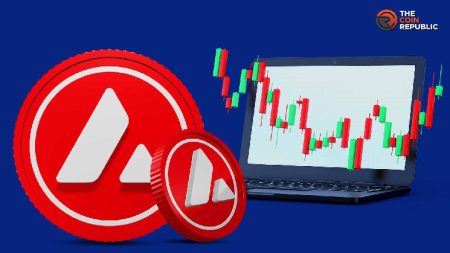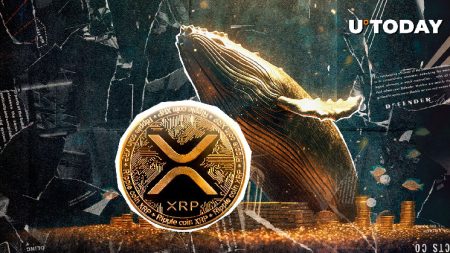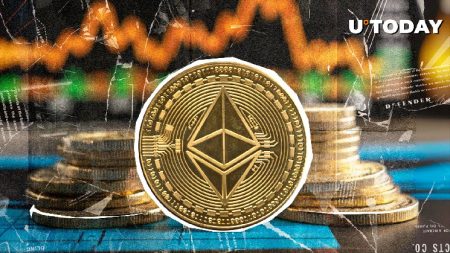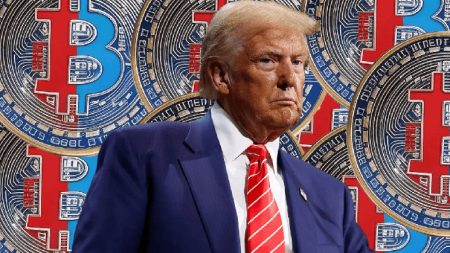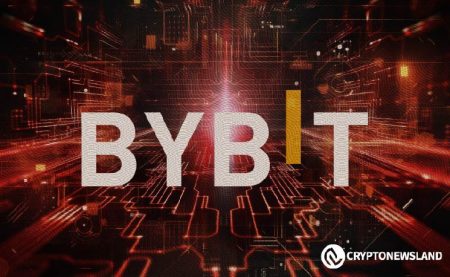The Evolving Landscape of Memecoins and SEC Regulation
Introduction: The Rise of Memecoins and Regulatory Discourse
In recent years, memecoins have emerged as a fascinating and often humorous phenomenon within the cryptocurrency space. These tokens, often inspired by internet memes or community-driven initiatives, have captured the attention of both investors and regulators. Among the key players in this regulatory discourse is SEC Commissioner Hester Peirce, whose recent comments have sparked significant interest and debate. Her insights suggest a potential shift in the SEC’s approach to regulating memecoins, offering a more nuanced perspective compared to previous leadership. This article delves into Commissioner Peirce’s views, the broader implications for crypto regulation, and the current state of the memecoin market.
Hester Peirce’s Perspective: A Nuanced Approach to Memecoins
Commissioner Hester Peirce has been a vocal advocate for a balanced regulatory approach within the cryptocurrency space. In a recent interview, she shed light on the nature of memecoins, suggesting that many of these tokens might not fall under the SEC’s regulatory purview. This stance marks a departure from the agency’s historical tendencies, which have often leaned toward stringent enforcement. Peirce emphasized that "facts and circumstances matter," signaling a more flexible and adaptive regulatory framework that could accommodate innovation. Her comments imply that not all cryptocurrencies should be treated uniformly, with some potentially operating outside the traditional securities framework.
Contrasting Views: Peirce vs. Gensler on Crypto Regulation
Commissioner Peirce’s remarks stand in stark contrast to those of her predecessor, former SEC Chair Gary Gensler. During his tenure, Gensler argued that a "vast majority" of cryptocurrencies should be classified as securities, subject to the same regulations as traditional financial instruments. This approach led to increased scrutiny, with major exchanges like Binance and Coinbase facing enforcement actions. In contrast, Peirce advocates for an "innovation-friendly" policy, urging the SEC to provide clearer guidelines while allowing developers and entrepreneurs the freedom to experiment. Her philosophy is centered on the belief that overregulation could stifle creativity and hinder the growth of the crypto industry.
The Rise of Memecoins: A Mix of Humor and High-Stakes Investment
Memecoins have become a defining feature of the cryptocurrency landscape, leveraging humor, nostalgia, and community-driven marketing to attract investors. Platforms like Solana’s pump.fun have emerged as hubs for these tokens, capitalizing on their viral appeal. The market capitalization of memecoins has grown significantly, surpassing $120 billion in 2024. Tokens like Dogecoin, once dismissed as a joke, have gained substantial value and loyal followings. However, this growth is accompanied by inherent volatility and risks. Investors are often drawn to the potential for rapid price appreciation, but they also face the specter of steep losses, making memecoins a high-stakes gamble.
Legal Challenges: The Dark Side of Memecoins
While memecoins have brought excitement and humor to the crypto space, they have also raised serious legal and ethical concerns. Recent legal actions against platforms facilitating the trade of these tokens have highlighted the need for greater regulatory clarity. For instance, a class-action lawsuit was filed against pump.fun, alleging that the platform operated akin to a Ponzi scheme. Such developments underscore the precarious nature of the memecoin market, where the line between legitimate investment opportunities and fraudulent activities can be blurred. These legal challenges have amplified calls for a more robust regulatory framework to protect investors and prevent abuse.
Implications for the Future: Balancing Innovation and Investor Protection
The evolving regulatory landscape surrounding memecoins raises important questions about the future of cryptocurrency regulation. Commissioner Peirce’s comments suggest a potential shift toward a more nuanced approach, one that acknowledges the diversity of the crypto ecosystem. However, this shift must be balanced with the need to protect investors from fraud and market manipulation. As the SEC and other regulatory bodies grapple with these challenges, the outcome will have far-reaching implications for the crypto industry. The key will be to strike a balance that fosters innovation while safeguarding the interests of investors. In this way, the SEC can play a pivotal role in shaping a regulatory environment that is both forward-thinking and protective.


